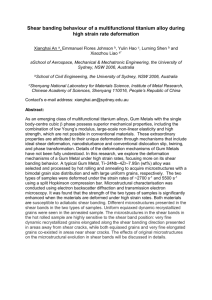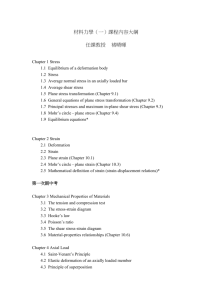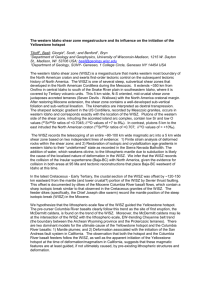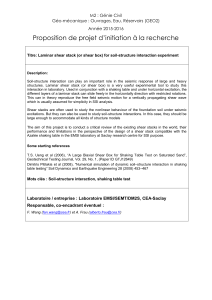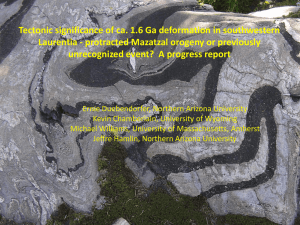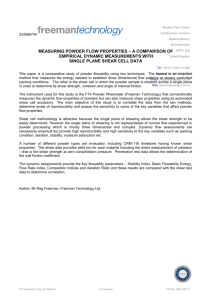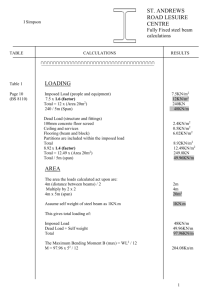Shear deformation of olivine at high pressures and temperatures
advertisement
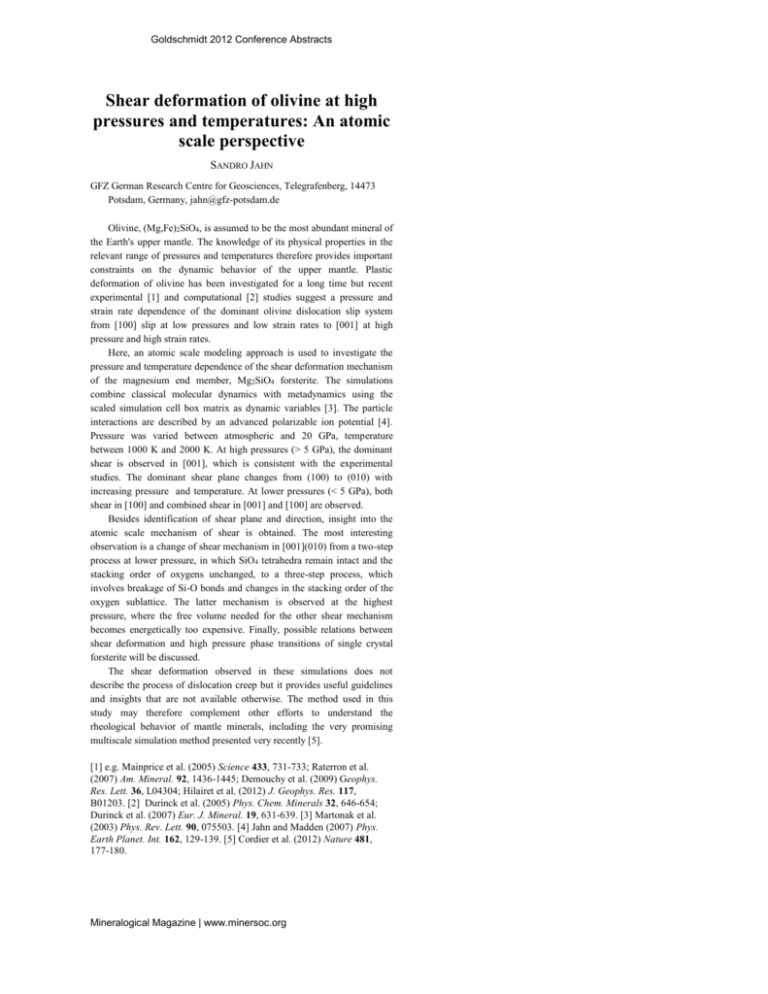
Goldschmidt 2012 Conference Abstracts Shear deformation of olivine at high pressures and temperatures: An atomic scale perspective SANDRO JAHN GFZ German Research Centre for Geosciences, Telegrafenberg, 14473 Potsdam, Germany, jahn@gfz-potsdam.de Olivine, (Mg,Fe)2SiO4, is assumed to be the most abundant mineral of the Earth's upper mantle. The knowledge of its physical properties in the relevant range of pressures and temperatures therefore provides important constraints on the dynamic behavior of the upper mantle. Plastic deformation of olivine has been investigated for a long time but recent experimental [1] and computational [2] studies suggest a pressure and strain rate dependence of the dominant olivine dislocation slip system from [100] slip at low pressures and low strain rates to [001] at high pressure and high strain rates. Here, an atomic scale modeling approach is used to investigate the pressure and temperature dependence of the shear deformation mechanism of the magnesium end member, Mg2SiO4 forsterite. The simulations combine classical molecular dynamics with metadynamics using the scaled simulation cell box matrix as dynamic variables [3]. The particle interactions are described by an advanced polarizable ion potential [4]. Pressure was varied between atmospheric and 20 GPa, temperature between 1000 K and 2000 K. At high pressures (> 5 GPa), the dominant shear is observed in [001], which is consistent with the experimental studies. The dominant shear plane changes from (100) to (010) with increasing pressure and temperature. At lower pressures (< 5 GPa), both shear in [100] and combined shear in [001] and [100] are observed. Besides identification of shear plane and direction, insight into the atomic scale mechanism of shear is obtained. The most interesting observation is a change of shear mechanism in [001](010) from a two-step process at lower pressure, in which SiO4 tetrahedra remain intact and the stacking order of oxygens unchanged, to a three-step process, which involves breakage of Si-O bonds and changes in the stacking order of the oxygen sublattice. The latter mechanism is observed at the highest pressure, where the free volume needed for the other shear mechanism becomes energetically too expensive. Finally, possible relations between shear deformation and high pressure phase transitions of single crystal forsterite will be discussed. The shear deformation observed in these simulations does not describe the process of dislocation creep but it provides useful guidelines and insights that are not available otherwise. The method used in this study may therefore complement other efforts to understand the rheological behavior of mantle minerals, including the very promising multiscale simulation method presented very recently [5]. [1] e.g. Mainprice et al. (2005) Science 433, 731-733; Raterron et al. (2007) Am. Mineral. 92, 1436-1445; Demouchy et al. (2009) Geophys. Res. Lett. 36, L04304; Hilairet et al. (2012) J. Geophys. Res. 117, B01203. [2] Durinck et al. (2005) Phys. Chem. Minerals 32, 646-654; Durinck et al. (2007) Eur. J. Mineral. 19, 631-639. [3] Martonak et al. (2003) Phys. Rev. Lett. 90, 075503. [4] Jahn and Madden (2007) Phys. Earth Planet. Int. 162, 129-139. [5] Cordier et al. (2012) Nature 481, 177-180. Mineralogical Magazine | www.minersoc.org

